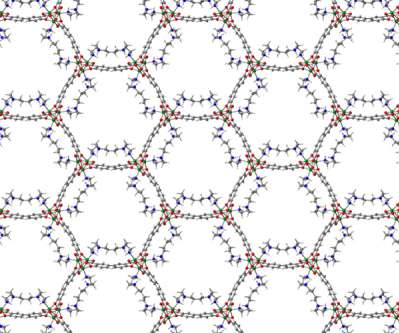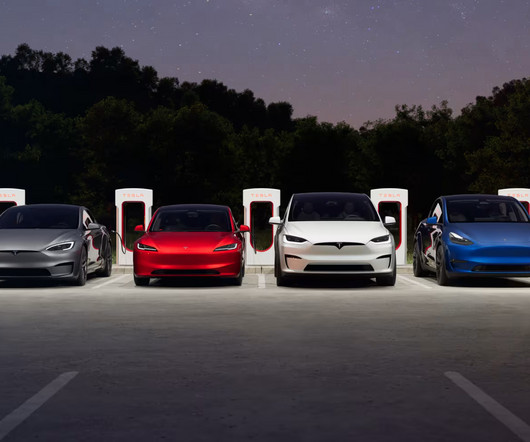Molten carbonate electrolysis can produce a range of carbon nanomaterials, including graphene, from CO2 at high yield
Green Car Congress
NOVEMBER 27, 2019
Researchers from Huazhong University of Science and Technology in China and George Washington University in the US report in a new paper in the ACS journal Accounts of Chemical Research that a range of important carbon nanomaterials can be produced at high yield by molten carbonate electrolysis.





































Let's personalize your content